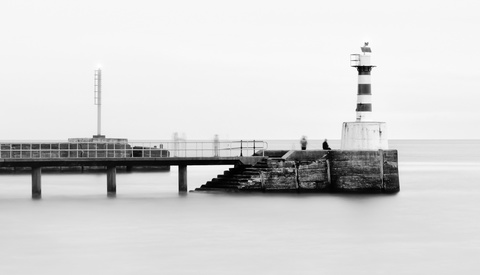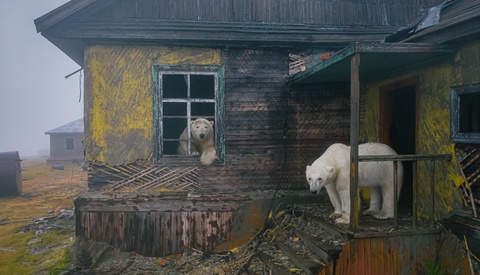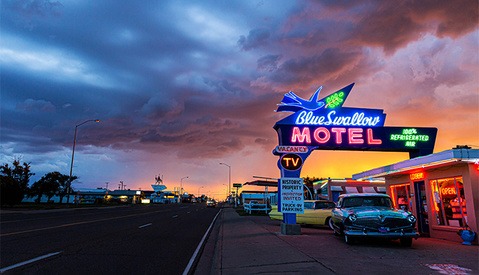How to Properly Organize Your Photography Website
The website is the calling card for most photographers nowadays, and as such, it is crucially important that you put a lot of careful thought into the design and organization of yours. If you need some help getting yours into top shape, check out this fantastic video tutorial that will guide you through the process of creating an effectively and compellingly organized image portfolio site.

















































